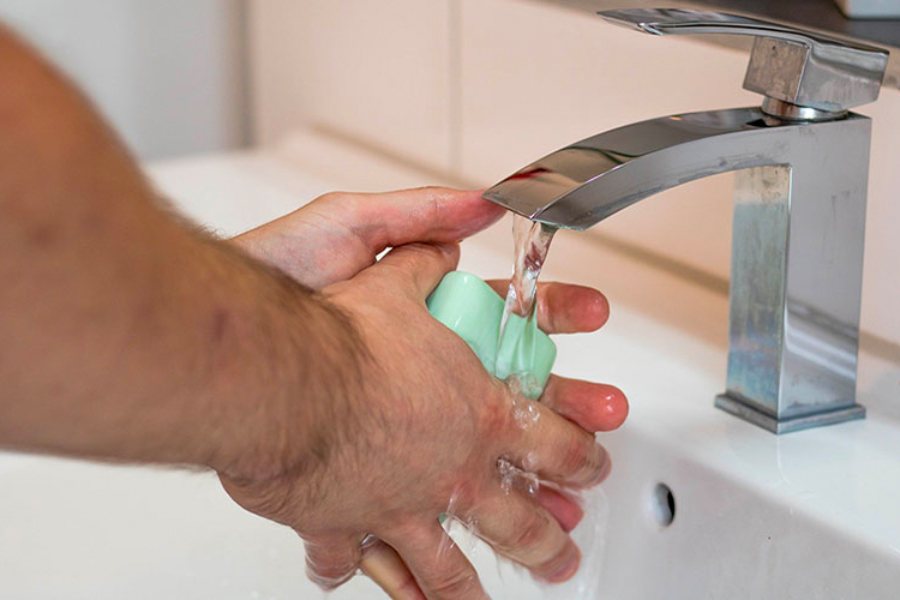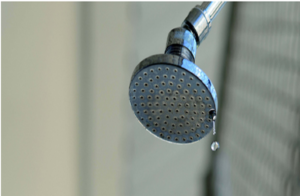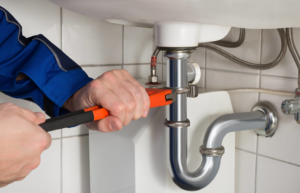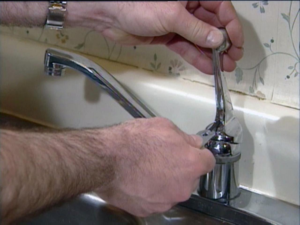
Water softener systems are an important part of many households. They help to remove minerals and other contaminants from water, making it safer and more pleasant to use. While there are many different types and brands of water softener on the market, they all work in basically the same way. This article will explain how water softeners work and offer some tips on how to test them to ensure they are working properly.
How Water Softeners Work:
Water softeners work by removing minerals and other contaminants from water. This is done through a process called ion exchange. In this process, the water is passed through a bed of resin beads. These beads are charged with ions that attract and bind to the minerals in the water. As the water passes through the bead bed, the minerals are removed from the water and replaced with these ions. Testing Your Water Softener, there are a few things you can do to test your water softener to ensure it is working properly.
One simple way is to check the hardness of your water before and after the system is installed. If you notice a significant drop in hardness, then you know the system is working as it should. Another way to test your water softener is to use a conductivity meter. This device measures how well electrical current flows through a body of water. The more minerals in the water, the lower the conductivity will be. So, if you see a decrease in conductivity after installing your new system, then again, it means it’s doing its job!
4 Ways to Test Water Softner System:
1. One of the best ways to test if your water softener system is working properly is to check for any sediment in your tanks. If there is sediment build-up, it can block the resin beads from working and cause the system to break down.
2. To test for sediment, simply open up the brine tank and look for any sandy or gritty deposits at the bottom. If you see any, it’s time to give your water softener a good cleaning.
3. Another way to test your water softener system is to check the hardness of your water before and after the system is installed. A significant drop in hardness levels indicates that the system is working as it should be removing minerals from the water.
4. You can also use a conductivity meter which measures how well electrical current flows through a body of water –the more minerals that are dissolved in the water, the lower the conductivity will be. Thus, if you see a decrease in conductivity after installing your new system, then this means that it’s doing its job of removing these minerals!
Conclusion:
There are a few different ways that you can test your water softener system to ensure that it is working properly. One way is to check the hardness of your water before and after the system is installed. If you notice a significant drop in hardness, then you know the system is working as it should be removing minerals from the water.
Another way to test your water softener is to use a conductivity meter which measures how well electrical current flows through a body of water –the more minerals that are dissolved in the water, the lower the conductivity will be. Thus, if you see a decrease in conductivity after installing your new system, then this means that it’s doing its job!





